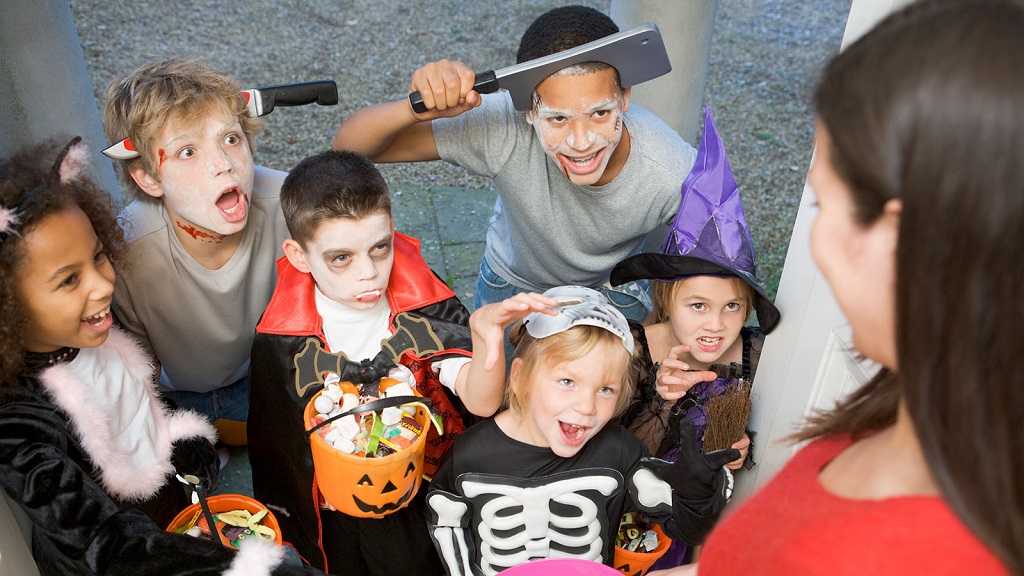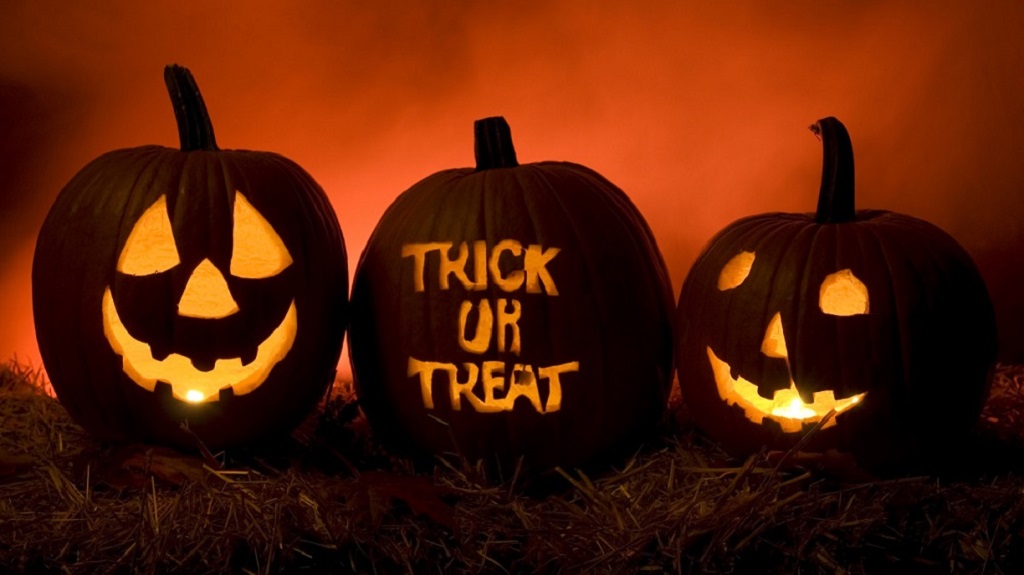Trick-or-Treating and how it becomes Halloween Tradition
Contents
History of Trick-or-Treating
Halloween can be traced back to the pre-Christian Celtic holiday of Samhain, which took place on October 31st. The Celts, who lived 2,000 years ago in what is now Ireland, the United Kingdom, and northern France, believed that on Samhain, the dead came back to life. People gathered on the sacred night to kindle bonfires, make sacrifices, and pay homage to the deceased.
During some Celtic Samhain rituals, villagers dressed up in animal skin costumes to ward off ghost visitors; feast tables were set up and food was laid out to appease troublesome spirits.


People began dressing up as ghosts, devils, and other malicious creatures in the following centuries, performing antics in return for food and drink. This tradition, known as mumming, is said to predate trick-or-treating and dates back to the Middle Ages.
Early Christian and Medieval Roots of Trick-or-Treating
Christianity had extended into Celtic areas by the ninth century, where it progressively melded with and supplanted ancient pagan practices. In the year 1000 A.D., The church declared November 2nd to be All Souls’ Day, a day dedicated to remembering and honoring the deceased. England’s celebrations resembled Celtic Samhain celebrations, complete with bonfires and masquerades.
Poor individuals would go to wealthy families’ homes and get soul cakes in exchange for a pledge to pray for the souls of the homeowners’ deceased relatives. The practice, known as “souling,” was then adopted by youngsters, who would go door to door asking for food, money, and ale.
Young people in Scotland and Ireland participated in a practice known as guising, which involved dressing up in costume and obtaining gifts from other houses. Instead of promising to pray for the dead, they would sing a song, read a poetry, tell a joke, or do some type of “trick” before receiving their reward, which was usually fruit, nuts, or cash.


Modern day Trick-or-Treating
Modern trick-or-treating includes components similar to Guy Fawkes Night celebrations (also known as Bonfire Night). British children wore masks and carried effigies while begging for pennies on this night, which commemorates the foiling of the Gunpowder Plot in 1605. Fawkes was killed on November 5, 1606, for his role in a Catholic-led plot to blow up England’s parliament building and depose King James I, a Protestant, from power.
Communal bonfires, or “bone fires,” were set to burn effigies and the symbolic “bones” of the Catholic pope on the first Guy Fawkes Day, which was commemorated shortly after the renowned plotter’s execution. On the evening of November 5, children carrying effigies of Guy Fawkes were strolling the streets, asking for “a penny for the Guy.”
Trick-or-Treating in America
Some American colonists observed Guy Fawkes Day, and significant numbers of new immigrants, particularly those fleeing the Irish Potato Famine in the 1840s, helped popularize Halloween in the mid-nineteenth century.
In the early twentieth century, Irish and Scottish populations in the United States resurrected the Old World traditions of souling and guising. Pranks, on the other hand, had become the Halloween activity of choice for rowdy young people by the 1920s.


Halloween mischief regularly devolved into vandalism, physical attacks, and sporadic acts of violence during the Great Depression, exacerbating the problem. According to one version, in the 1930s, excessive Halloween pranks led to the widespread adoption of an organized, community-based trick-or-treating custom. With the onset of World War II, however, this tendency was quickly halted, as sugar restrictions meant there were little treats to pass away.
Trick-or-treating resumed its place among other Halloween traditions with the postwar baby boom. For millions of youngsters in America’s cities and freshly developed suburbs, it swiftly became routine practice. Candy companies took advantage of the lucrative occasion, launching nationwide advertising efforts expressly geared towards Halloween, no longer bound by sugar rationing.




